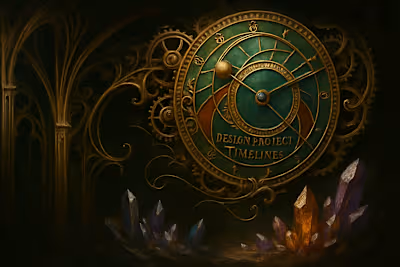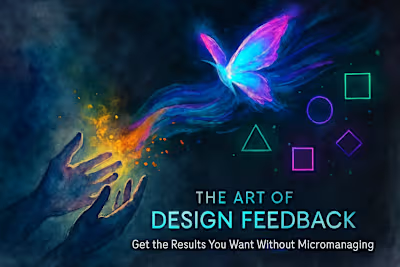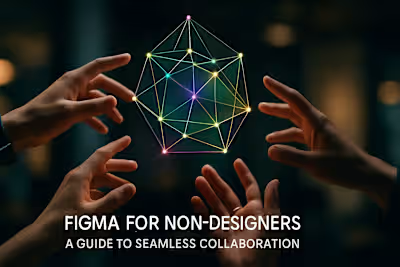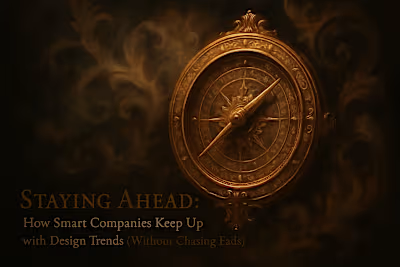Onboarding Your Figma Designer: A Step-by-Step Guide to Project Success
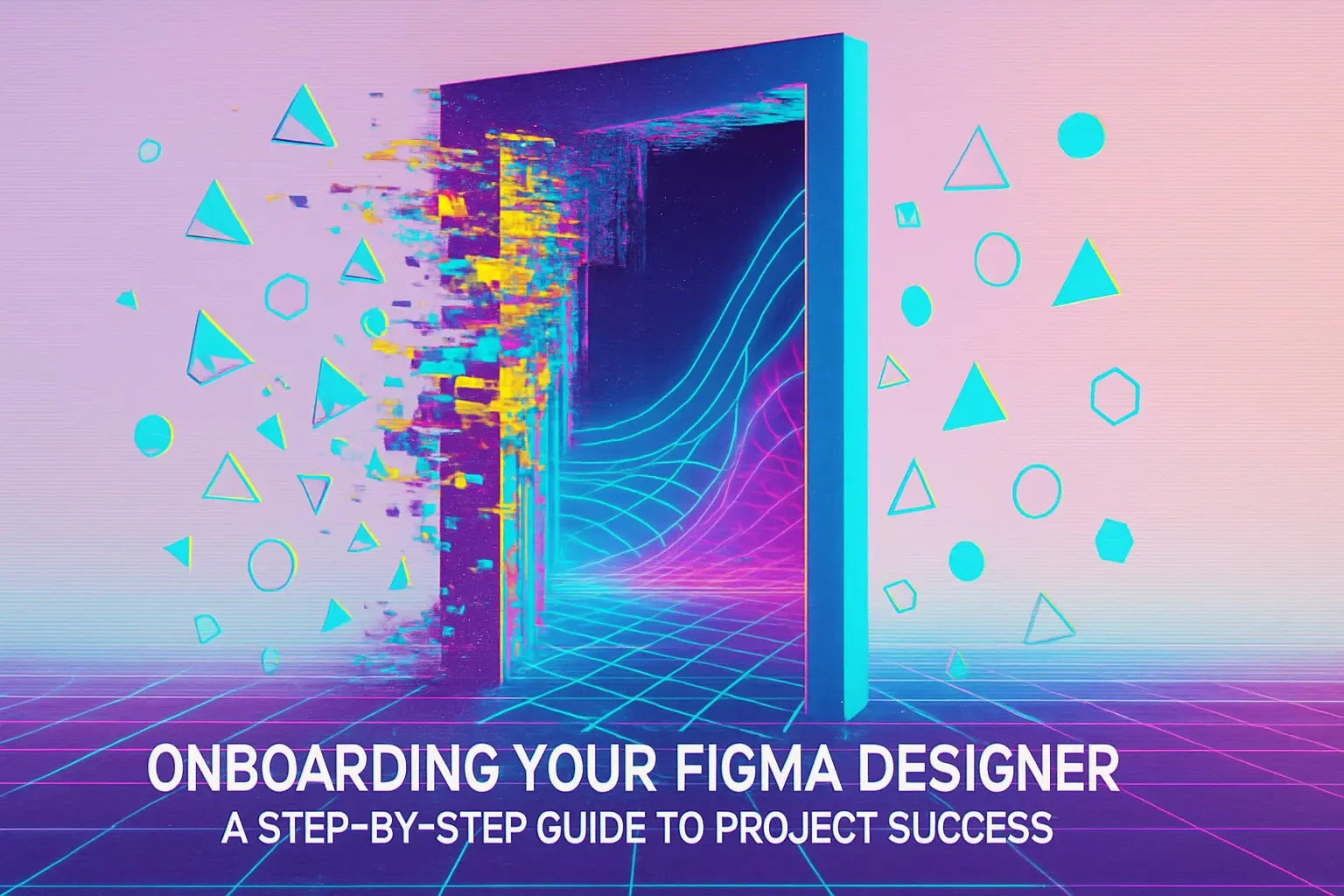
Onboarding Your Figma Designer: A Step-by-Step Guide to Project Success
Before the Kickoff Call: Preparing for Success
Gathering Your Project Assets and Documentation
Defining Your Project Goals and KPIs
Creating a Comprehensive Creative Brief
The Project Kickoff Meeting Agenda
Introductions and Role Definitions
Deep Dive into the Project Brief and Goals
Aligning on Communication Channels and Frequency
Setting Up Your Designer in Your Tools
Granting Access to Figma and Project Management Software
Sharing Brand Guidelines and Style Guides
Explaining Your File Organization System
Post-Onboarding: The First Week
Assigning a Small, Initial Task
Scheduling the First Check-in
Fostering a Collaborative Environment
References
Onboarding Your Figma Designer: A Step-by-Step Guide to Project Success
Before the Kickoff Call: Preparing for Success
Gathering Your Project Assets and Documentation
Defining Your Project Goals and KPIs
Creating a Comprehensive Creative Brief
The Project Kickoff Meeting Agenda
Introductions and Role Definitions
Deep Dive into the Project Brief and Goals
Aligning on Communication Channels and Frequency
Setting Up Your Designer in Your Tools
Granting Access to Figma and Project Management Software
Sharing Brand Guidelines and Style Guides
Explaining Your File Organization System
Post-Onboarding: The First Week
Assigning a Small, Initial Task
Scheduling the First Check-in
Fostering a Collaborative Environment
References
Posted Jul 6, 2025
A smooth start sets the tone for the entire project. Learn how to effectively onboard your new Figma designer, from the initial kickoff meeting to setting clear expectations.






